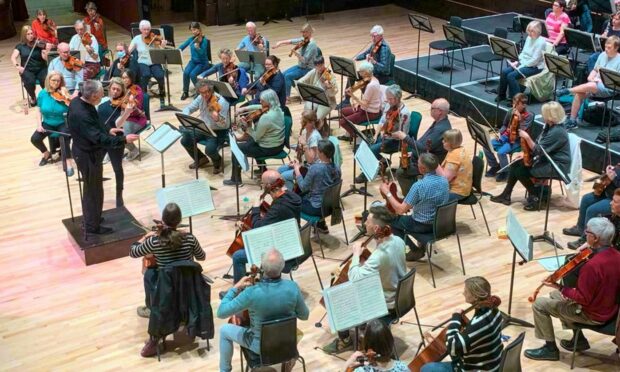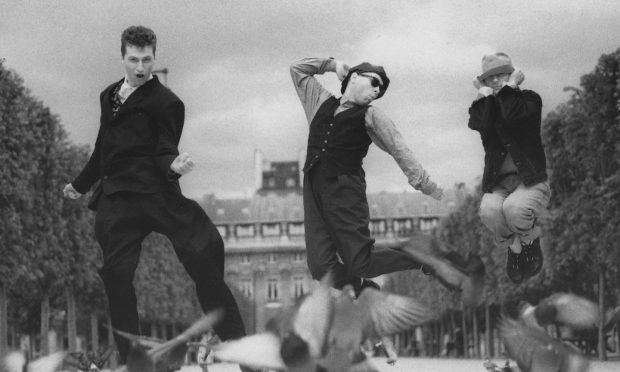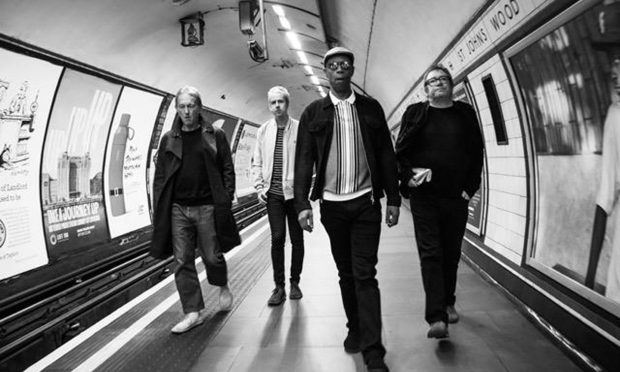There was a cheering indication that life is beginning to return to normal when the Dundee Symphony Orchestra was able to give a concert in the Caird Hall on Friday.
They were conducted by their experienced director, Robert Dick, with a superb guest soloist in the Finnish-Estonian violinist Anna-Liisa Bezrodny.
Seemed like the first time
The programme, entitled A Celebration of Beethoven, did just that, taking three of that genius’s most popular works.
If that sounds in any way hackneyed, the opposite was the case.
The great feature of the evening was just how fresh each of the three works seemed. It really did seem as though they were being heard for the first time.
The concert began in very serious mode, with the Coriolan overture. This depicts the early Roman tragic anti-hero Coriolanus.
He is essentially an honest warrior who is unable to cope with the corruption of the Roman society he has saved from attack. It all ends badly for him.
A mournful bassoon
The overture is appropriately martial in tone – trumpets and drums much in evidence.
However a mournful bassoon also emerged from the throng and there was some beautiful playing in the quiet interlude before the tragedy took over.
The conductor achieved an excellent sense of the threatening atmosphere.
The Violin Concerto is an altogether more cheerful affair, and the soloist gave an account that was full of good touches.
Making music together
It was fascinating to hear the interplay between Ms Bezrodny and the orchestral principals, clarinet, oboe and others all intent on making chamber music together.
The central larghetto in particular contained some lovely things and the conductor had plenty of opportunity to bring out beautifully balanced effects.
Nothing was rushed, it all seemed completely natural.
A 1678 Amati
A brief word about her instrument. This was a 1678 Amati with a particularly lovely tone that filled the hall with ease.
The occasional pizzicato notes were really quite startling in their effect. It is always a treat when the concert programme identifies such an important instrument.
The Fifth Symphony is well known to be one of the greatest works even of this master.
From the high drama of the opening victory motto through to the triumphant blazing finale, it is full of effects which were hugely controversial in their day.
While it is inevitably difficult for us, 200 years later, to completely appreciate the novelty, this performance did well in that respect.
A sense of listening
While those two outer movements were entirely successful and appropriately dramatic, it was the two inner movements that particularly captured the freshness of the work.
The interplay of the woodwinds was delightful – again the sense was apparent that these players all listen to one another.
All those instruments that he was using pretty much for the first time – piccolo and contrabassoon – even trombones – made their desired effect in what was a thoroughly enjoyable account of this great work.
Perhaps the only slight negative outcome was a sense that it would be quite fun if all concerts could be a celebration of Beethoven.











